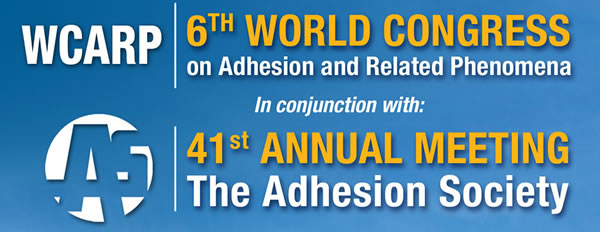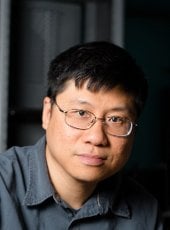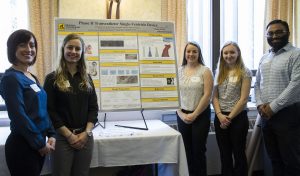 Research by biomedical engineers at Michigan Tech was featured in the article “SME’s Humans of Manufacturing — Developing Hearts,” in Additive Manufacturing. The article focuses on Dr. Martin Bocks’ efforts to solve cardiology problems in small children.
Research by biomedical engineers at Michigan Tech was featured in the article “SME’s Humans of Manufacturing — Developing Hearts,” in Additive Manufacturing. The article focuses on Dr. Martin Bocks’ efforts to solve cardiology problems in small children.
Developing Hearts
Dr. Martin Bocks Seeks to Solve Big Cardiology Problems in Small Children
“Right now, we use stents that are FDA approved for adult indications such as coronary or peripheral vascular disease, or stents for the biliary tract,” said Dr. Martin Bocks, a pediatric cardiology specialist at the Cleveland Ohio’s UH Rainbow Babies & Children’s Hospital.
Working with biomedical engineers from Michigan Tech University and Case Western Reserve University, he has developed a new type of stent made of a special zinc alloy that safely degrades over time and is gradually taken up by the body. It is not permanent like those made of Nitinol, stainless steel, or other bare metals, but shares many of the same properties.
Dr. Bocks explains that the manufacturing process is much the same as any other metal stent, except that the zinc is much harder to work with. “We start with the raw material provided by the team at Michigan Tech, have it cast into rods, and extruded into tubes or a cannulae, which are then laser cut according to our stent design. It’s electro-polished, crimped onto a balloon, and delivered. So far, it looks like an excellent alternative for pediatric patients.”
Read more at SME, Smart Manufacturing Experience, by SME Media.







